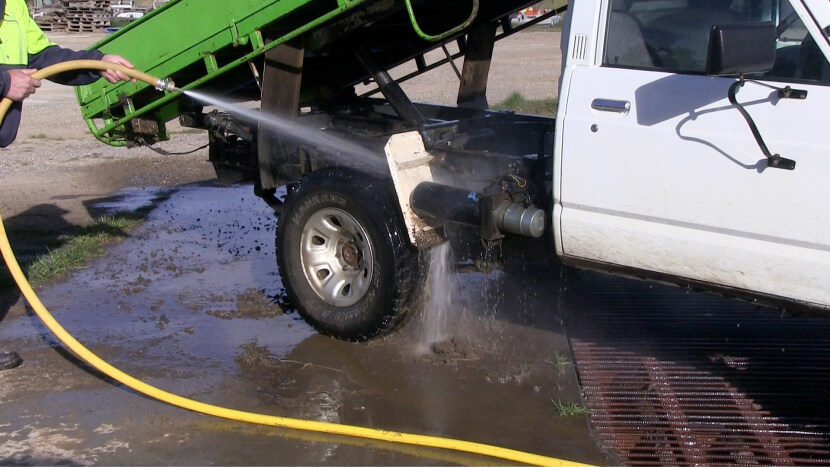
By Shafiya Hussein, Grains Biosecurity Officer, South Australia
Winter is an ideal time for grain growers to proactively prevent the build-up of pests, diseases and weeds by implementing good farm hygiene.
Cold weather minimises pest activity and keeps numbers under control. However, early action is recommended before pests establish and become costly to control.
Hygiene is the most efficient method to tackle pests, diseases and weeds to prevent their occurrence and movement on your property. Good farm hygiene is an essential part of an effective pest and disease management strategy to eliminate any potential food sources, breeding and nesting places.
To target and control pests, the first step is to correctly identify the disease, weed or insect, determine its development stage, and then decide on the best treatment action.
Monitor your crops regularly for diseases and send plant samples to local pathologists for diagnostic confirmation and recommendations on suitable fungicide treatment. Remember that wet weather is ideal for plant pathogens to thrive.
Always remember to read and follow label instructions when using chemicals. Ensure you understand the chemical’s efficacy, persistence, rate, and application method before use and consult your regional agronomist or chemical/organic supplier if you are unsure.
Pests of stored grain can jeopordise last season’s investment. Monitor your stored grains regularly, fumigating and / or aerating where required to stop pests from establishing and infesting your investment.
Ongoing vigilance is a key part of any on-farm grains biosecurity program. Report anything new or unusual on your property to the plant pest hotline 1800 084 881.
The Grains Farm Biosecurity website offers practical resources for producers that include fact sheets, videos, how to guides, online training and strategies to assist in the management of grains farm biosecurity risks.
The Grains Farm Biosecurity Program is an initiative of the Department of Primary Industries and Regions South Australia, Plant Health Australia, and Grain Producers Australia to improve the management of, and preparedness for, biosecurity risks in the grains industry at the farm and industry levels.
For more information and advice on South Australian grains farm biosecurity practices, please contact Shafiya Hussein Shafiya.Hussein@sa.gov.au